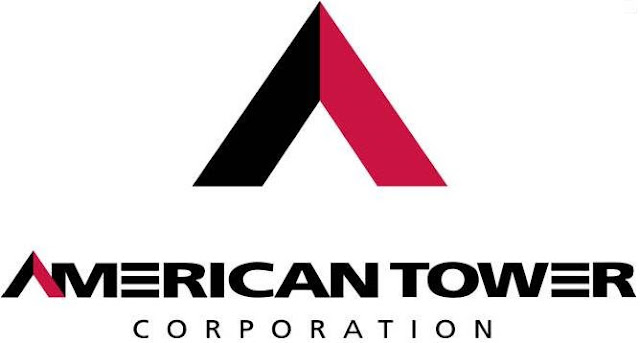You can't rely on Fed policy to push prices higher anytime soon
Gold’s extraordinary run over the past few years has made bulls a lot of money, especially if they held the metal as part of a diversified portfolio. Otherwise, trying to game the market has been a fool’s errand. Wednesday’s announcement by the Federal Reserve shows just why that’s the case.
The general theory behind gold is that it responds inversely to the dollar’s behavior, and that one reason for its meteoric rise has been that it serves as an inflation hedge. Theoretically, all the money our government has been printing makes the dollar worth less. The less the dollar is worth, the more expensive goods become — also known as inflation.
Therefore, anything that has intrinsic value — such as a precious metal — should theoretically become worth more. This theory probably has a good deal of merit when you consider the multiyear run gold has had.
The Fed’s quantitative easing policy prints money so the central bank can buy bonds, thus driving down interest rates. It’s that printing of money that got gold bugs excited. They were hoping the Fed would continue that policy, but instead it decided to just continue with “Operation Twist.” This is where the Fed simply swaps short-term bonds for longer-term ones. It doesn’t actually change its balance sheet, thus it’s not inflationary.
So gold sold off, just as it did when the Fed first announced Operation Twist. It opened yesterday at around $1,610, then dropped to $1,590. Then, however, buyers stepped in and pushed the price as high as $1,620, before settling flat. And that’s the problem with trading gold these days.
So what’s an investor to do?
The first is to understand that numerous crosscurrents are at work in the gold market. There’s always the issue of supply and demand. And some of it is psychological, tied to the overall state of the global economy. That bias is certainly to the bullish side, and will remain there for some time to come.
The supply/demand side of the equation is harder to peg, because you could read a dozen different reports on gold every day and find this variable is far too difficult to actually forecast. That’s why I don’t put much stock in that part of the assessment — because nobody seems to agree on it. So I discount that.
As for the inflation angle, we’re already seeing it in a bad way, it’s just that rising prices are being hidden. Still, given gold’s huge run, it may be that this factor is already discounted in gold’s price. So there may be some slight bullish bias here, but not much.
The Fed may yet do another round of quantitative easing, but it’s not likely to make a move until after the election. If Romney wins, we may get a new face at the Fed, so this remains a big variable. I suppose the bias here is bullish for gold, if anything.
It’s possible that Europeans will start buying the dollar if instability continues across the pond, which would be bearish for gold.
So, if you put it all together, there’s probably still a slightly bullish bias at play here. I think the safest way to play gold — if you insist on playing — is to just buy the SPDR Gold Shares (NYSE:GLD) as part of a diversified portfolio, and decrease that position if and when the world is in a better place economically.
You could also purchase the Market Vectors Gold Mining ETF (NYS:GDX), which removes you from direct exposure to gold prices, but exposes you to the operational risk for these companies. That’s why you get an ETF, though, to spread that risk.
You could also do my favorite play, which is to buy companies that profit from gold’s high prices — the pawnshops. First Cash Financial Services (NASDAQ:FCFS) and EZCORP (NASDAQ:EZPW) make fantastic margins when people come to their stores to sell their gold outright, and they make great margins if people pawn a gold item and fail to redeem it. They turn it into scrap.
Both of these stocks are significantly undervalued and not even close to being totally dependent on gold as revenue sources.
But whatever happens, don’t just trade gold on the technicals. I’ve tried this several times, and was convinced I’d have a winning trade this time around in May. I was dead wrong. Thank goodness for stop loss orders!
Source: InvestorPlace

